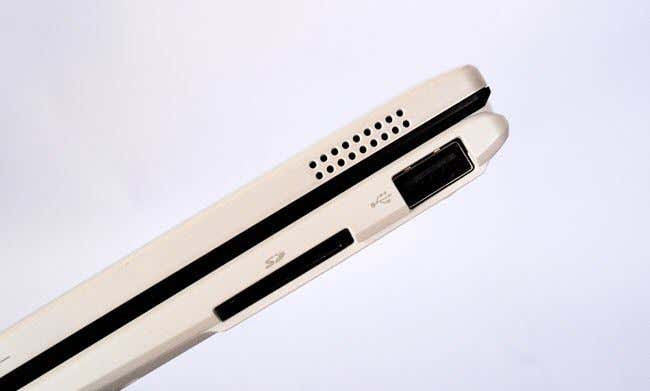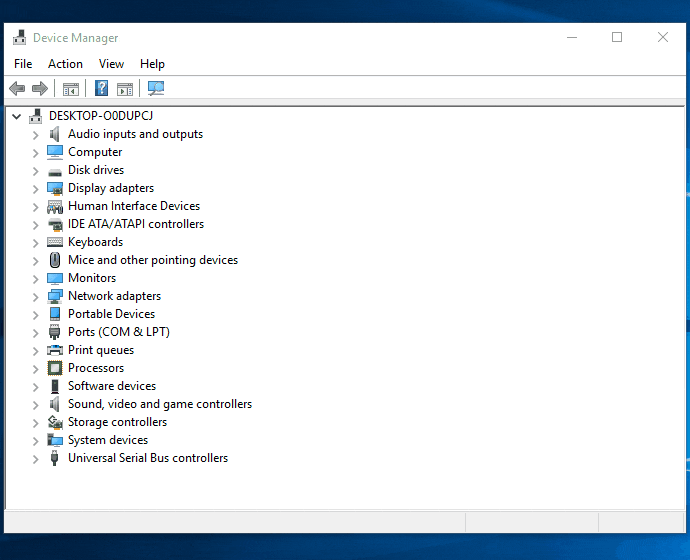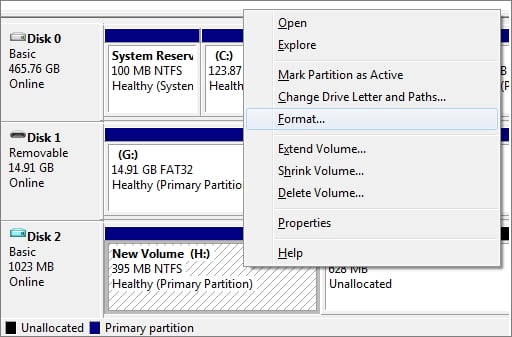

That being said, most SD card readers are, themselves, external devices you connect to your computer via a USB interface. As a result, it simply makes more sense to make the USB interface the next most logical boot device after the hard disk itself, or any optical drive. Most computers do have USB sockets, though. In reality, most computers don’t have a built-in SD card reader. If your computer has a built-in SD card reader, and your computer’s BIOS supports booting from that reader, then you’re good. It’s your computer’s BIOS that determines what devices you can boot from. In other words, it’s the BIOS that does the booting.

Aside from some housekeeping when it starts, it’s there and running the instant you turn on your computer.Ī BIOS has several different jobs, one of which is to load the operating system. The computer’s BIOS is built into the hardware.

What controls the booting process is the computer’s BIOS, or UEFI, the more powerful and secure BIOS replacement. Not only is Windows not involved, it may be nowhere near the machine. Your machine could boot into Linux, or even some other operating system entirely. The boot process loads Windows 2, but booting starts before Windows is around. Windows doesn’t control the first part of the boot process because Windows isn’t running. That’s our clue as to why Windows doesn’t care about what you boot from. Note that I said “load the operating system software”. It’s mostly about loading the operating system software, such as Windows, but can also involve any software configured to run when a computer starts.

In the realm of computing, to boot something means the process of starting up a computer or similar device from some inactive, initial state, to a working, functional state. To “boot” something is a term derived from “bootstrapping”, which in turn came from the phrase “to pull yourself up by your bootstraps” 1. If your computer can boot from a USB device, however, a thumb drive removes all confusion, but a USB SD card reader or similar device may also work. Whether or not your computer supports booting from an SD card will vary based on the computer. What devices can be used to boot is controlled by your computer, not Windows.


 0 kommentar(er)
0 kommentar(er)
